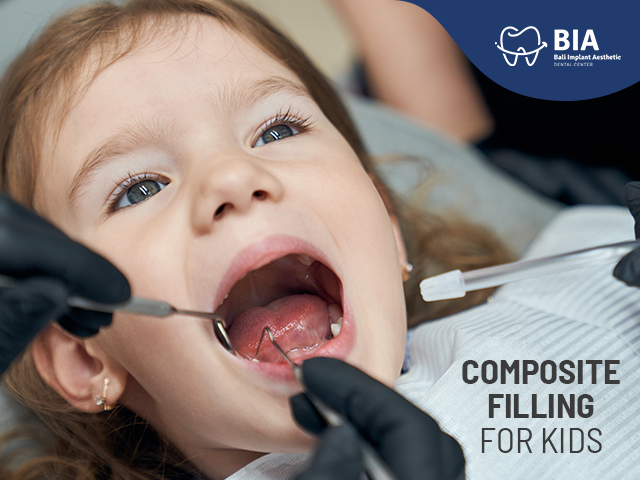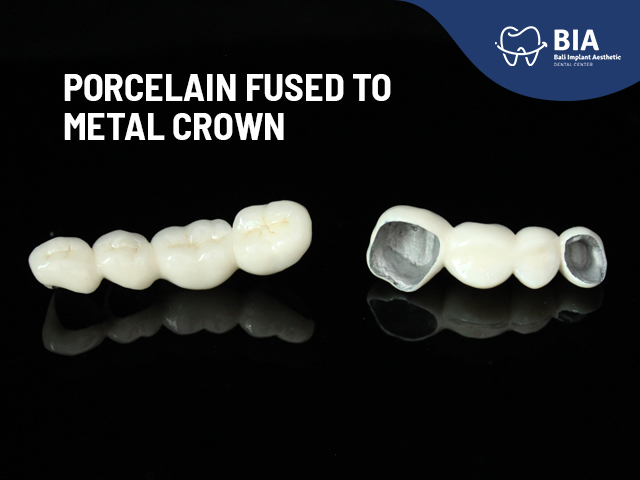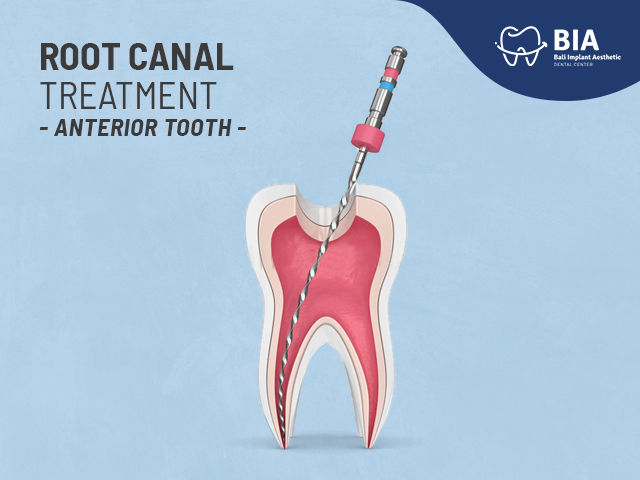Bacterial Contamination of the Toothbrushes
Article | 2020-06-11 01:41:49
Home » Articles » Bacterial Contamination of the Toothbrushes
Bacterial Contamination of the Toothbrushes
The most common way to maintain the complex of proper oral hygiene is the tooth brushing; its main goal is to remove the dental plaque which is responsible for a number of oral diseases: tooth decay, periodontitis, as well as halitosis.
The first and most efficient tool for removing the oral biofilm and the soft debris out of the mouth, especially from the tooth and tongue surfaces, is the toothbrush. Not only the proper choice, but the care and maintaining of the toothbrush are important for the good oral hygiene and health as well, because although the toothbrush is not the ideal environment for microorganisms’ growth, it is capable to obtain life of the microbes.
Toothbrushes are sterile after their manufacturing and they get contaminated immediately after the first tooth brushing. the microbial colonization riches higher level with every further use of the toothbrush. The biofilms that develop in the toothbrushes after their use, may contain different bacterial species, viruses and fungi that are present in the mouth, as well as some from the environment, the boxes for their keeping, contaminated fingers and skin commensals.
The conditions by which the toothbrushes are kept are of a big importance for the bacterial survival: toothbrushes which are kept in air conditions have less bacteria than those which are kept closed, and the bacterial growth is 70% higher in wet and protected environment.
The wet environment in the bathroom, where toothbrushes are usually kept, may facilitate the bacterial growth and the crossed contamination, especially that one which happen through the aerosols produced during the water passing in lavatories, with enteric types and pseudomonas from the toilets and sanitary drainage.
Toothbrushes are containers for microorganisms and thus they are a reason for greater risk of bacterial transmission and a possibility for biofilm-associated diseases. the toothbrush can cause recurrent infections in the mouth. A number of factors, including the long microbial surviving in the toothbrushes – from 2 days to one week18 , the inadequate keeping, the toothbrush use without decontamination – which leads to autoinoculation and the untimely changing of the toothbrush with new ones, may result in repeated entry of potential pathogens and crossed infection in the oral cavity, especially in children, elderly people, those with concomitant somatic disease, patients with high risk i.e. immunocompromised ones, those with transplanted organs or oncologic patients.
Actualizing the problem of toothbrushes contamination, the choice of proper tools and methods for their disinfection and the patients’ education are important issues which should bring into the focus of dentists in everyday practice, because of the need of prevention the potential influence to the oral and systemic health.
The effectiveness in removing dental plaque of a manual tooth brush lasting approximately three months or more may reduce owing to the flaring of tooth brush bristles. Hence, American Dental Association (ADA) recommends change of tooth brush every 3-4 months. The average life span of a manual toothbrush is approximately 3 months. However, microbial contamination was not given any attention while recommending the frequency for change of toothbrush.
The toothbrushes in patients with oral diseases are easily being contaminated, and the patients with oral inflammatory diseases responded well to the treatment when they replaced the used toothbrushes with new ones often (i.e. replacing the toothbrush every two weeks).
Always consult your dental and oral health problems with the best dentists and dental clinics in Bali.
BIA Dental Center
Jl. Sunset Road No.86A, Seminyak, Badung, Bali Indonesia 80361.
+6282139396161
Source:
Yankell SL, Saxer UP. Toothbrushes and Tooth brushing methods. In: Harris NO, Garcia-Godoy F. Primary Preventive Dentistry. 6th ed. New Jersy: Prentice Hall; 2004. p.110.
Glaze PM, Wade AB. Tooth brush age and wear as it relates to plaque control. J Clin Periodontol. 1986; 13(1): 52-6.
Beneduce C., K.A. Baxter, J. Bowman, M. Haines, S. Andreana. Germicidal activity of antimicrobials and VIO light W Personal Travel Toothbrush Sanitizer: An in vitro study. Journal of dentistry, 2010; 38: 621 – 625.
Downes J., Samuel H., Melanie W. and William W. Prevotella histicola sp. nov., isolated from the human oral cavity. International Journal of Systematic and Evolutionary Microbiology, 2008; 58: 1788-791.
Saravia M.E., Nelson-Filho P., da Silva R.A., Faria G., Rossi M.A., Ito I.Y. Viability of Streptococcus mutans toothbrush bristles. J. Dent. Child., 2008; 75(1):29-32.
Warren D.P., Goldschmidt M.C., Thompson M.B., AdlerStorthz K., Keene H.J. The effects of toothpastes on the residual microbial contamination of toothbrushes. J. Am. Dent. Assoc.2001;132:1241–5.
Nelson-Filho P., Isper A. R., Assed S., Faria G., Ito I. Y.. Effect of Triclosan Dentifrice on Toothbrush Contamination. Pediatric Dentistry 2004; 26:11-16.
Frazelle Michelle. Healthcare Acquired Infection Risk and Toothbrush Contamination in the ICU. (2011). VCU Theses and Dissertations. Paper 2607.
Mehta A., Sequeira P.S., Bhat G. Bacterial contamination and decontamination of toothbrushes after use. NY. State Dent. J. 2007Apr;73(3):20-2.
Lock G., Dirscherl M., Obermeier F., Gelbmann C.M., Hellerbrand C., Knöll A., Schölmerich J., Jilg W. Hepatitis C - contamination of toothbrushes: myth or reality?. J. Viral. Hepat. 2006 Sep;13(9):571-3.
Bunetel L., Tricot-Doleux S., Agnani G., Bonnaure-Mallet M. In vitro evaluation of the retention of three species of pathogenic microorganisms by three different types of toothbrush. Oral Microbiol. Immunol. 2000 Oct;15(5):313-6.
Devine D.A., Percival R.S., Wood D.J., Tuthill T.J., Kite P., Killington R.A., Marsh P.D. Inhibition of biofilms associated with dentures and toothbrushes by tetrasodium EDTA. J. Appl. Microbiol. 2007 Dec;103(6):2516-24.
Cobb C. M. Toothbrush as a cause of repeated infections in the mouth. Boston Medical Journal, 1920 vol. 183, pp. 263– 269.
Spolidorio D.M.P., E. Goto, T.D. C. Negrini and L. C. Spolidorio. Viability of Streptococcus mutans on transparent and opaque toothbrushes. Journal of Dental Hygiene: JDH/American Dental Hygienists: Association. 2003; vol.77, no.2, pp. 114–117.
Ankola А.V., M. Hebbal, and S. Eshwar. How clean is the toothbrush that cleans your tooth? International Journal of Dental Hygiene. 2009; vol.7, no.4, pp. 237–240.
Хазанова В.В., Сахарова Э.Б. Сертификация средств гигиены полости рта с микробиологических позиций. Стоматология 1995; 6: 17—19.
Sammons R., Kaur D., Neal P. Bacterial survival and biofilm formation on conventional and antibacterial toothbrushes. Biofilms.2004;1:123-130.




